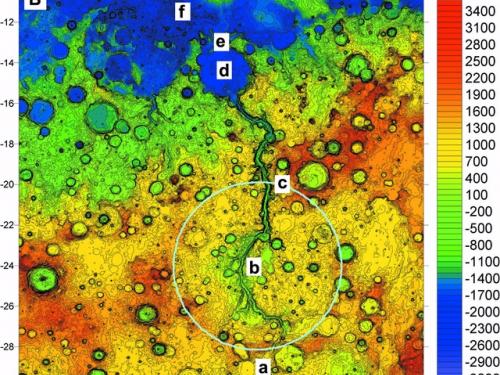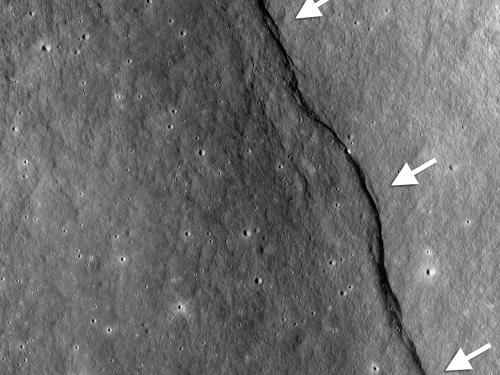

Showing 11 - 20 of 32

The search for evidence of ancient lakes on the surface of Mars.

Images taken in January 2008 by MESSENGER of Caloris Basin show a complex pattern of deformation unlike that found in any other basin in the solar system.

Transverse Aeolian Ridges (TARs) are wind-produced landforms on Mars that may be either large ripples or small sand dunes. Ripples form in a very different way than dunes, so it is important to determine which these features are.

Valley networks are frequently cited as the best evidence that liquid water once existed on Mars. Currently, we are examining valley networks in other areas of Mars with the goal of understanding potential global and regional climatic differences.

Mauna Loa is the largest active volcano on Earth. New studies have provided insights into the emplacement processes for recent lava flows.

The distribution and character of lobate scarps on the Moon indicate that the most likely reason for their formation is global contraction of the Moon caused by interior cooling.

The southern region of Egypt where the Selima Sand Sheet is located was wetter and inhabited in the past. Now it is an uninviting monotonous, dry, vegetation-free expanse. We are examining this evolution.

Linear dunes are the most common dune forms on Earth, and they appear on all terrestrial planets that have an atmosphere, yet scientists still do not have a clear understanding as to how they form.

The physical and chemical nature of the light-toned layered deposits in Terby crater are consistent with deposition of material in a large, standing body of water much earlier in Mars' history.

We are studying the history of landforms on Earth in order to understand how similar landforms were generated on other planets and moons.